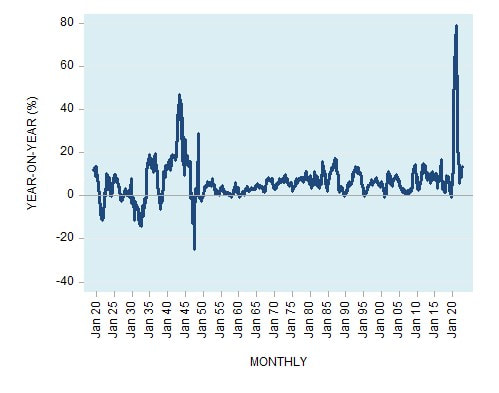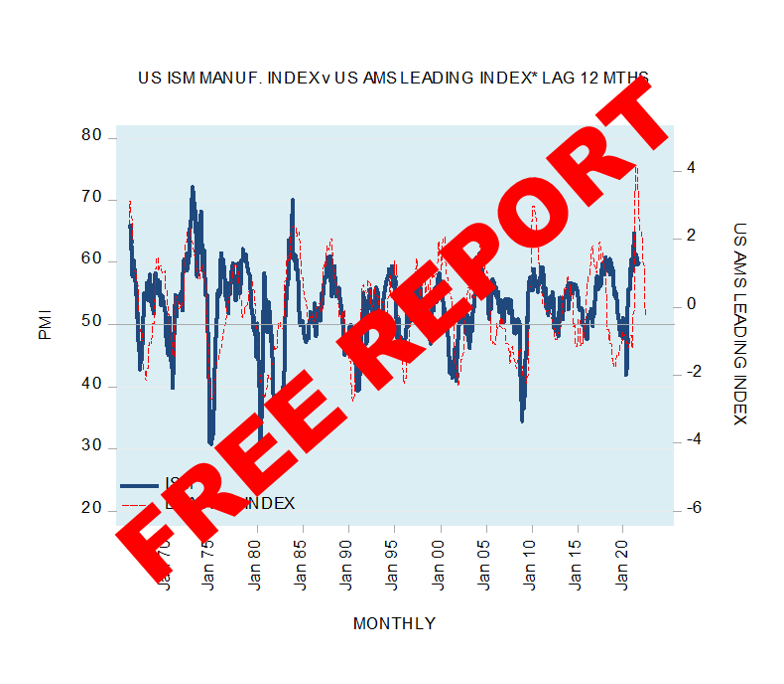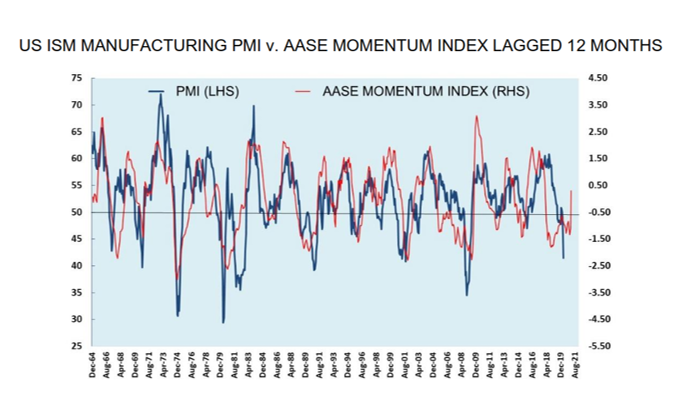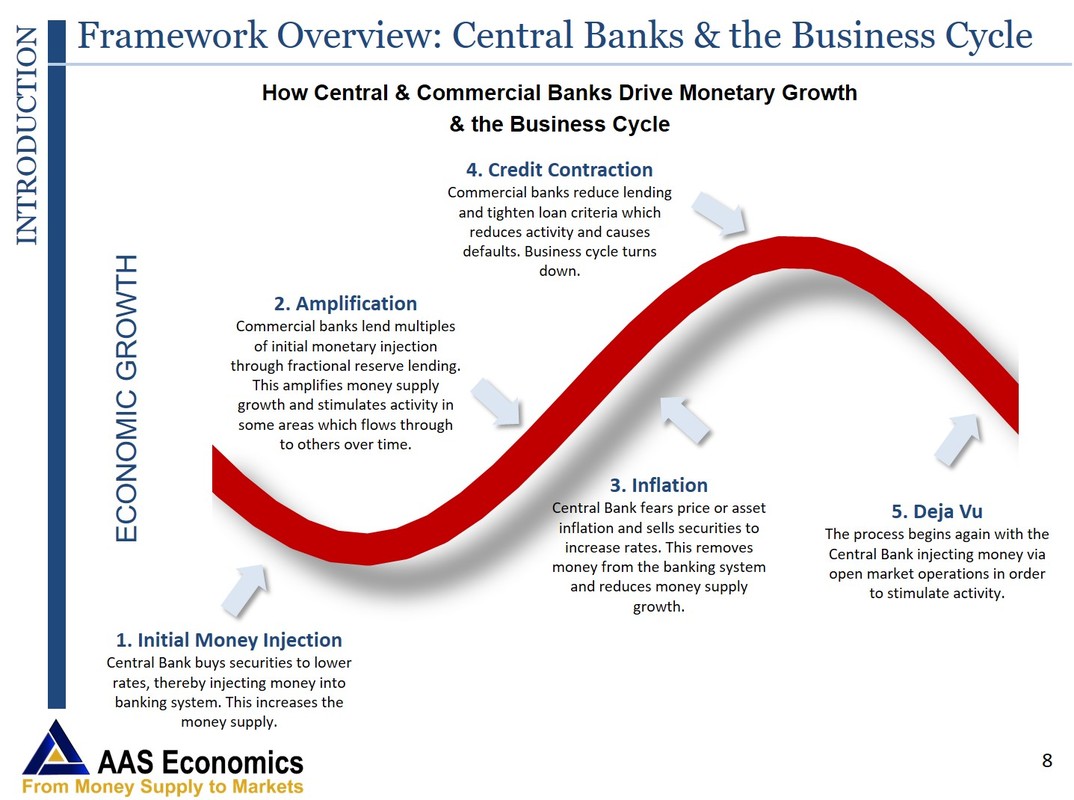IMPORTANT NOTICE
This website is intended for wholesale and institutional clients only. Neither the company nor this website offers investment advice, either general or specific. No reliance should be placed on, nor action taken in relation to any information or data contained herein. By continuing to view this website you are agreeing that you will take no investment-related action, and that no liability shall rest with AAS Economics, in relation to this website or its contents.
This website is intended for wholesale and institutional clients only. Neither the company nor this website offers investment advice, either general or specific. No reliance should be placed on, nor action taken in relation to any information or data contained herein. By continuing to view this website you are agreeing that you will take no investment-related action, and that no liability shall rest with AAS Economics, in relation to this website or its contents.








